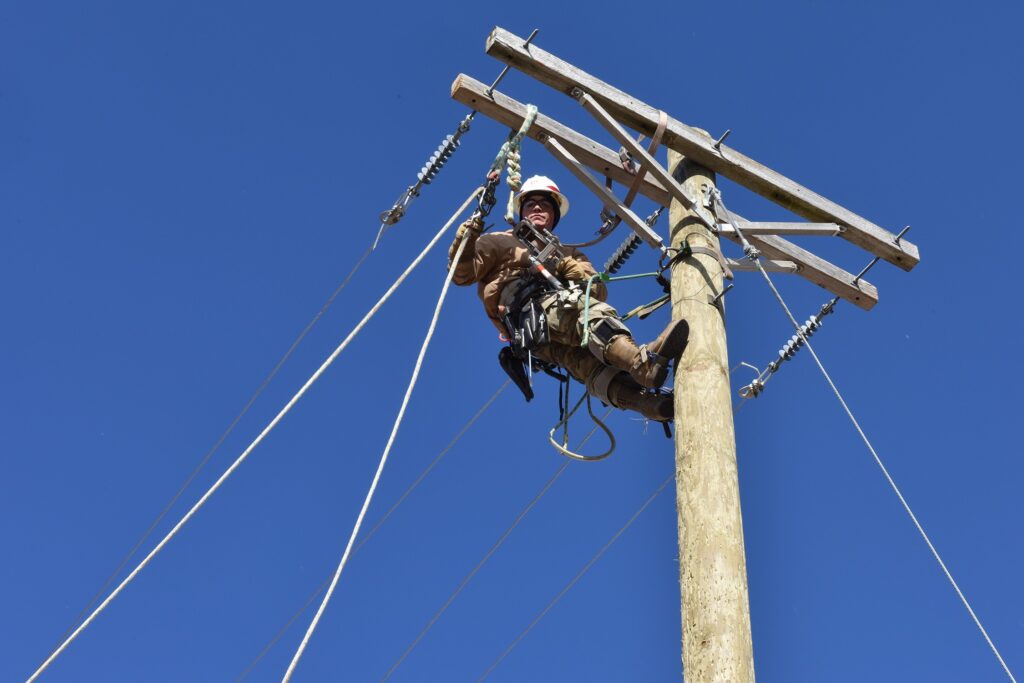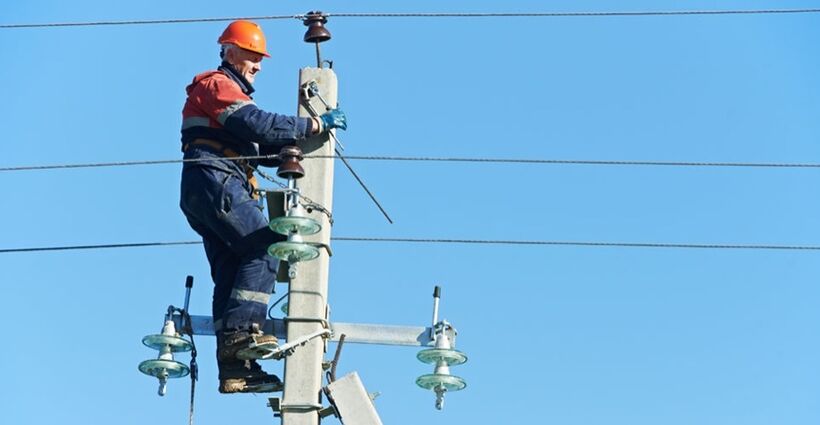Being a lineman is tough work that requires immense physical strength and endurance. However, one question that often arises is whether or not this demanding profession takes a toll on the knees. With the constant climbing, bending, and kneeling involved, it’s natural to wonder about the impact on these crucial joints. In this article, we will explore the physical demands of being a lineman and delve into the potential strain it may place on your knees.
Daily tasks of a lineman
Climbing utility poles
As a lineman, one of your daily tasks involves climbing utility poles. Whether it’s to set up or repair electrical lines, climbing poles is an essential part of your job. This task puts a significant amount of stress on your knees as you use them to support your weight and maintain balance while ascending and descending the poles.
Carrying heavy equipment
Another physical demand of this job is carrying heavy equipment. From tools to materials, linemen often have to transport heavy objects from one location to another. This constant lifting and carrying can put strain on your knees, especially if proper lifting techniques are not followed.
Walking on uneven terrain
Linemen often work in various locations, and this often means navigating through uneven terrain. Walking on rocky terrain, muddy surfaces, or even icy conditions can be a challenge, and your knees play a crucial role in maintaining stability and balance. The uneven surfaces can increase the risk of slips, trips, and falls, potentially leading to injuries to your knees or other parts of your body.
Working in awkward positions
Working in awkward positions is not uncommon for linemen. Whether it’s reaching overhead to install or repair electrical lines, crouching down to access underground systems, or twisting your body to reach tight spaces, these positions can put stress on your knees. The constant bending, twisting, and squatting can contribute to the wear and tear of your knee joints over time.
Physical demands of the job
Constant stress on the knees
The daily tasks of a lineman place constant stress on your knees. Climbing utility poles, carrying heavy equipment, and working in awkward positions all require the use of your knees. The repetitive nature of these tasks can lead to chronic strain and overuse of the knee joints.
Repetitive motions
Repetitive motions, such as climbing and descending utility poles or performing certain tasks, can contribute to the risk of knee injuries. The repetitive nature of these motions can lead to inflammation, tendonitis, and other overuse injuries in the knees.
Lifting and carrying heavy objects
The job of a lineman often involves lifting and carrying heavy objects, such as tools and equipment. This physical demand can put a significant amount of stress on your knees, especially if proper lifting techniques are not followed. The strain from lifting and carrying heavy objects can contribute to knee injuries, including strains and sprains.
Standing for long periods
Linemen often have to stand for long periods while working on projects. Whether it’s performing repairs, installations, or maintenance work, standing for extended periods can cause discomfort and fatigue in your knees. The constant weight-bearing can lead to knee pain and may increase the risk of developing knee conditions over time.
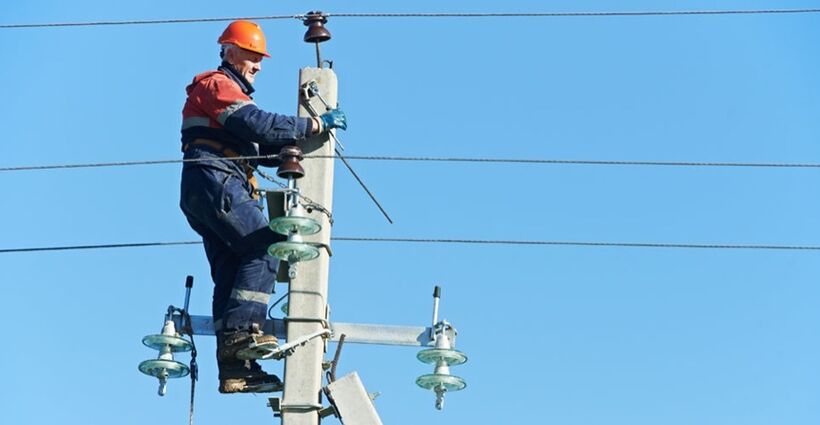
Common knee injuries among linemen
Strains and sprains
Strains and sprains are common knee injuries among linemen. Strains occur when the muscles or tendons in the knee are stretched or torn, while sprains involve the stretching or tearing of ligaments that support the knee joint. These injuries can result from sudden movements, overuse, or accidents on the job.
Knee tendonitis
Knee tendonitis is an inflammation of the tendons in the knee. The repetitive motions and constant stress placed on the knees while climbing utility poles and performing other tasks can lead to the development of tendonitis. This condition can cause pain, swelling, and difficulty with movements involving the knee joint.
Bursitis
Bursitis is the inflammation of the bursae, small fluid-filled sacs that cushion the joints. The constant kneeling or crouching down during lineman work can irritate the bursae in the knee, leading to bursitis. This condition can cause pain, swelling, and limited range of motion.
Meniscus tears
The meniscus is a cartilage in the knee that acts as a shock absorber between the thigh bone and shin bone. The repetitive stress and movements involved in lineman work can lead to meniscus tears. These tears can cause pain, swelling, and difficulty with movements, potentially requiring surgical intervention.
ACL/PCL injuries
Injuries to the anterior cruciate ligament (ACL) and posterior cruciate ligament (PCL) are not uncommon among linemen. The sudden stops, starts, and changes in directions during work can put stress on these ligaments, leading to sprains or tears. ACL/PCL injuries can cause instability, pain, and limited range of motion in the knee joint.
Importance of knee health for linemen
Role of the knees in lineman’s work
The knees are crucial to the daily tasks of a lineman. They provide stability and support during climbing utility poles, lifting heavy equipment, walking on uneven terrain, and working in awkward positions. Without healthy knees, it would be challenging to perform the essential duties of the job effectively and safely.
Impact on job performance
Maintaining knee health is essential for optimal job performance as a lineman. Knee injuries and conditions can limit your mobility, cause pain, and reduce your ability to perform tasks efficiently. By prioritizing knee health, you can minimize the risk of injuries and ensure that you can perform your duties to the best of your ability.
Long-term consequences of knee injuries
Ignoring knee injuries or not taking proper preventive measures can have long-term consequences for linemen. Chronic knee pain, limited range of motion, and decreased functionality can significantly impact your quality of life both on and off the job. Moreover, untreated knee injuries can lead to the development of more severe conditions that may require prolonged medical interventions or even early retirement.
Early retirement due to knee problems
Severe knee problems can ultimately lead to early retirement for linemen. As the knees are crucial for effectively performing the tasks of the job, if chronic pain or damage becomes severe enough, it may prevent you from continuing your career as a lineman. Prioritizing knee health and taking preventive measures can help extend your career and maintain your passion for the job.
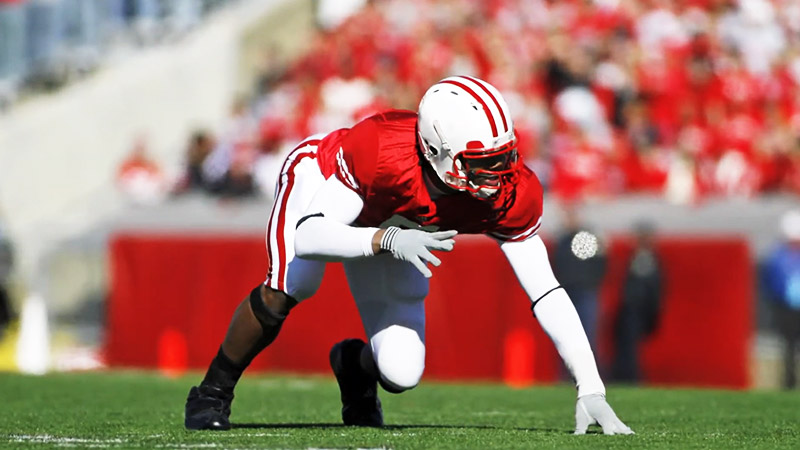
Preventive measures for protecting knees
Proper warm-up exercises
Before beginning any physically demanding tasks, it’s essential to warm up your muscles and joints properly. Engaging in light cardiovascular exercises, such as brisk walking or cycling, can increase blood flow to the muscles and prepare your knees for the upcoming activities. Additionally, incorporating dynamic stretches that target the lower body, including the knees, can help improve flexibility and reduce the risk of injuries.
Stretching routines
Implementing regular stretching routines can help maintain flexibility and mobility in your knees. Prioritize stretches that target the quadriceps, hamstrings, calves, and hip flexors. By regularly stretching these muscle groups, you can reduce muscle imbalances and improve the overall stability and function of your knees.
Wearing protective gear
Investing in and using proper protective gear can significantly reduce the risk of knee injuries. Knee pads, for example, provide additional cushioning and support during tasks that involve kneeling or crouching. By absorbing some of the impacts and reducing pressure on the knee joints, knee pads can help prevent knee conditions such as bursitis or strain.
Using knee pads
In addition to wearing knee pads for specific tasks, using knee pads during general work can provide additional protection. By acting as a cushion between your knees and hard surfaces, knee pads can minimize the impact on your knee joints and reduce the risk of injuries. Ensure that the knee pads fit properly and are securely fastened to maximize their effectiveness.
Importance of proper footwear
Supportive shoes for stability
Wearing supportive shoes is crucial for maintaining stability and minimizing stress on your knees. Look for shoes with good arch support and ankle stability to help evenly distribute your body weight and provide a solid base of support. Shoes with reinforced toe caps can also protect your feet from potential injuries while on the job.
Cushioned soles for shock absorption
Walking on uneven terrain and carrying heavy equipment can subject your knees to a considerable amount of impact. Choosing shoes with cushioned soles can provide shock absorption and reduce the amount of stress placed on your knees. The cushioning properties of the soles can help minimize the risk of knee injuries and provide added comfort throughout the workday.
Grippy outsoles for traction
Working on utility poles and navigating through various terrains requires good traction to prevent slips and falls. Opt for shoes with grippy outsoles that offer excellent traction on different surfaces. By enhancing your grip, these outsoles can increase your stability, reduce the risk of accidents, and help protect your knees from potential injuries caused by falls.
Good ankle support
In addition to supporting your knees, proper footwear should also provide good ankle support. Ankle stability is crucial in maintaining balance and preventing ankle-related injuries that can indirectly affect your knees. Look for shoes with ankle support features, such as padded collars and secure lacing systems, to provide the necessary stability during your daily tasks.
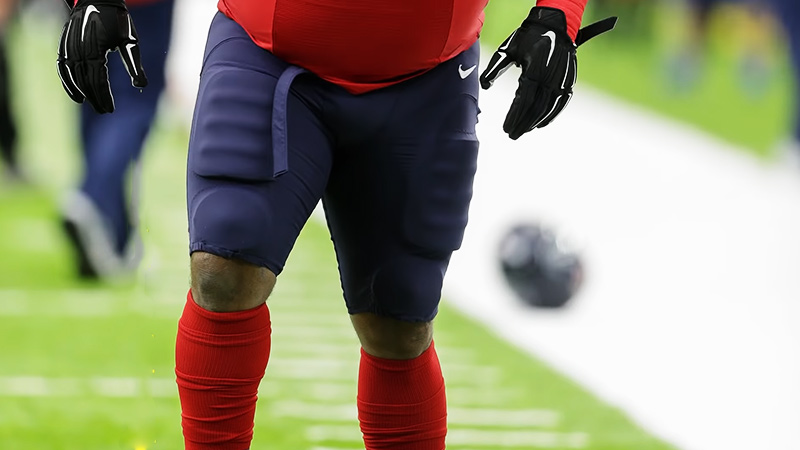
Strengthening exercises for knee health
Quadriceps strengthening
Strengthening the quadriceps, the large muscles at the front of your thighs, is essential for knee health. Exercises like squats, lunges, and leg extensions help target and strengthen these muscles. By increasing quadriceps strength, you can provide better support to your knee joint and enhance stability during various movements.
Hamstring exercises
The hamstring muscles at the back of your thighs play an important role in knee stability and function. Incorporate exercises such as hamstring curls, deadlifts, and glute bridges to strengthen these muscles. Strong hamstrings can help prevent imbalances and reduce the risk of knee injuries.
Calf raises
Strengthening your calves can provide additional support to your knees. Calf raises, both with straight legs and bent knees, target the calf muscles and help improve lower limb stability. Strong calves contribute to better balance and reduce the strain on your knee joints during tasks that involve walking or climbing.
Glute strengthening
Strong glute muscles can help stabilize the hips and indirectly support your knees. Exercises such as squats, lunges, and hip thrusts target the glute muscles. By strengthening these muscles, you can improve lower body alignment and reduce the risk of knee injuries.
Core exercises for improved stability
A strong core is essential for maintaining overall stability and proper body mechanics during lineman work. Engage in exercises that target your core muscles, including planks, Russian twists, and bird dogs. A strong and stable core can help improve your balance and reduce unnecessary stress and strain on your knees.
Maintaining a healthy weight
Impact of excess weight on knees
Maintaining a healthy weight is crucial for minimizing the strain on your knees. Carrying excess weight can put additional stress on your knee joints, increasing the risk of developing knee conditions or exacerbating existing ones. By maintaining a healthy weight, you can reduce the load on your knees and promote better knee health.
Benefits of a healthy BMI
A healthy BMI (body mass index) is associated with a lower risk of knee injuries and conditions. Achieving and maintaining a healthy BMI can help reduce the pressure on your knee joints, lower the risk of inflammation, and improve overall knee function. It is important to consult with a healthcare professional to determine what a healthy BMI range is for you.
Importance of a balanced diet
Eating a balanced diet is essential for maintaining a healthy weight and supporting optimal knee health. Focus on consuming nutrient-rich foods, including fruits, vegetables, lean proteins, and whole grains. A balanced diet can provide the necessary vitamins and minerals to support joint health and reduce the risk of inflammation and related knee problems.
Regular physical activity
Engaging in regular physical activity is beneficial for both your overall health and knee health. Incorporate cardiovascular exercises, such as walking or cycling, to strengthen your heart and improve circulation. Additionally, low-impact exercises like swimming or using an elliptical machine can provide a cardiovascular workout without placing excessive stress on your knees.
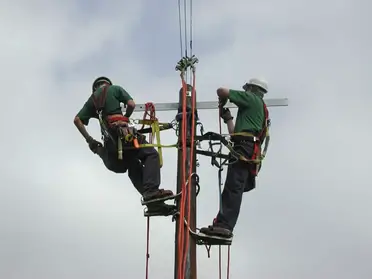
Proper lifting techniques
Bending at the knees
When lifting objects, it is important to bend at the knees rather than the waist. Bending at the knees helps distribute the weight evenly and reduces the strain on your lower back and knees. By utilizing your leg muscles to lift, you can minimize the stress placed on your knee joints during lifting tasks.
Using leg muscles to lift
When lifting heavy objects, focus on using your leg muscles to generate power. Shift the weight onto your legs, engage your quadriceps and glutes, and push upward using your leg strength. This technique not only protects your knees but also helps prevent back injuries by properly distributing the load.
Avoiding twisting motions
Twisting motions while lifting or carrying heavy objects can strain your knees and other joints. Instead, pivot your entire body using your feet to change direction. By avoiding unnecessary twisting, you can protect your knee joints and reduce the risk of sudden injuries.
Seeking help for heavy objects
If an object is too heavy or awkward to lift on your own, always seek assistance. Don’t jeopardize your knee health by attempting to lift beyond your capabilities. Asking for help when needed can prevent unnecessary strain and reduce the risk of knee injuries.
Recognizing and addressing early signs of knee issues
Pain and swelling
Pain and swelling in the knees are common early signs of knee issues. If you experience persistent pain or swelling, especially after engaging in work activities, it is important to address it promptly. Pay attention to any changes in pain levels or patterns and seek medical attention if necessary.
Stiffness and limited range of motion
Stiffness and limited range of motion in the knees can indicate underlying issues. If you notice difficulty bending or straightening your knees fully, or if your knees feel stiff or locked in certain positions, it may be a sign of a problem. Early intervention and appropriate treatment can help prevent further damage and improve mobility.
Instability or feeling of giving way
Feeling unstable or experiencing a sensation of your knee giving way can indicate instability in the joint. This feeling may be especially noticeable during certain movements or weight-bearing activities. If you notice an increased frequency of instability or a loss of balance, it is important to consult a healthcare professional for evaluation and guidance.
Clicking or popping sounds
Clicking or popping sounds in the knees can be an indication of an underlying issue. While occasional noise may not necessarily be a cause for concern, persistent clicking or popping sounds accompanied by pain or discomfort should be evaluated by a medical professional. These sounds can be a sign of structural problems in the knee joint.
Seeking medical attention
If you experience any of the early signs or symptoms mentioned above, it is important to seek medical attention. Early intervention and proper diagnosis can help prevent further damage and promote effective treatment. A healthcare professional can provide a thorough evaluation, offer appropriate recommendations, and guide you through the necessary steps for recovery and rehabilitation.
In conclusion, the daily tasks and physical demands of being a lineman can significantly impact the health of your knees. Climbing utility poles, carrying heavy equipment, walking on uneven terrain, and working in awkward positions all place stress on your knees. It is crucial to prioritize knee health to maintain job performance, avoid long-term consequences, and prevent early retirement due to knee problems. Implementing preventive measures such as proper warm-up exercises, wearing protective gear, using proper footwear, engaging in strengthening exercises, maintaining a healthy weight, using proper lifting techniques, and recognizing early signs of knee issues can help protect and preserve the health of your knees. By taking proactive steps to care for your knees, you can enjoy a long and fulfilling career as a lineman.
